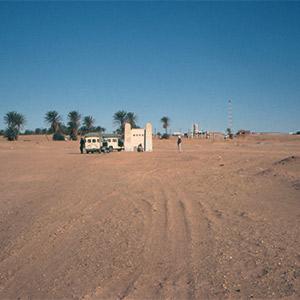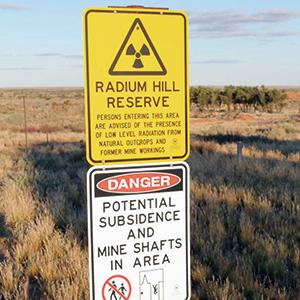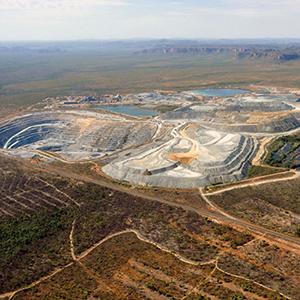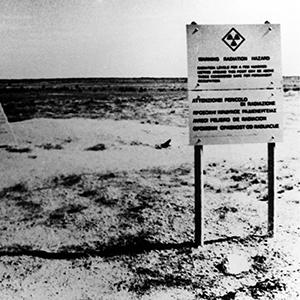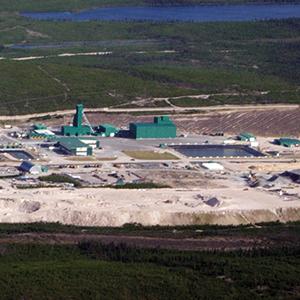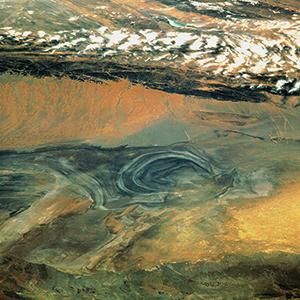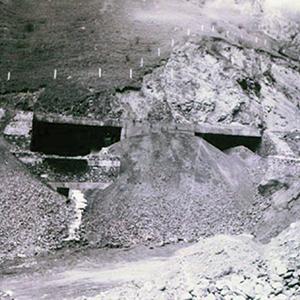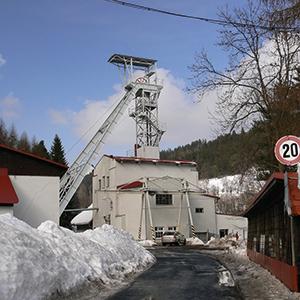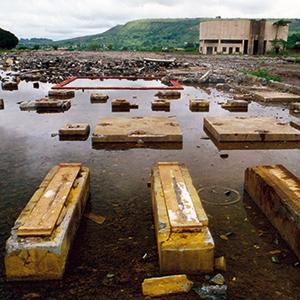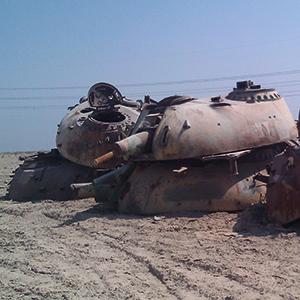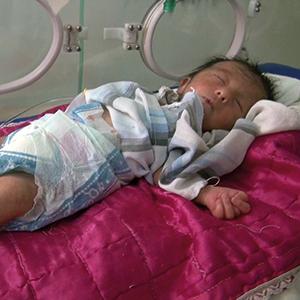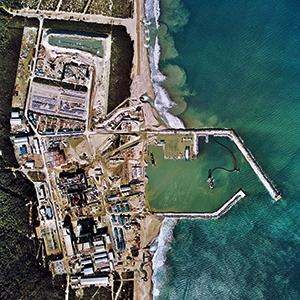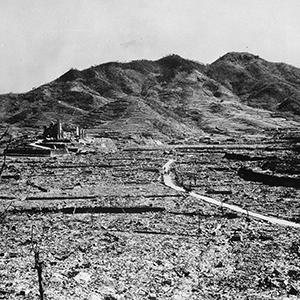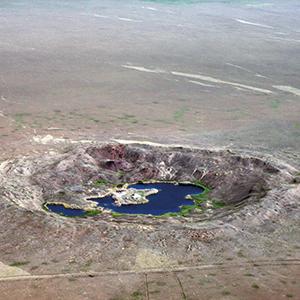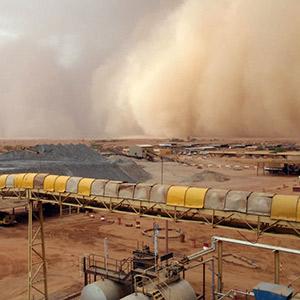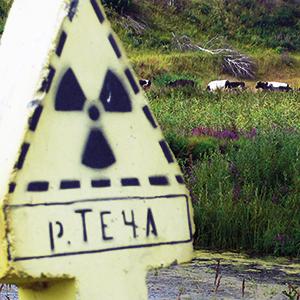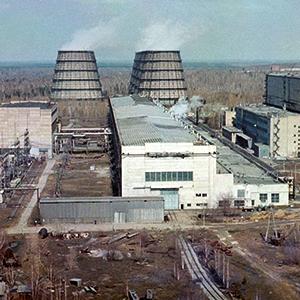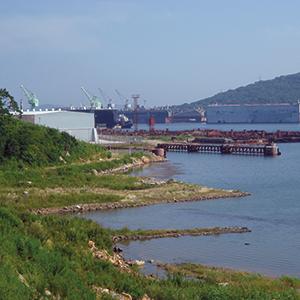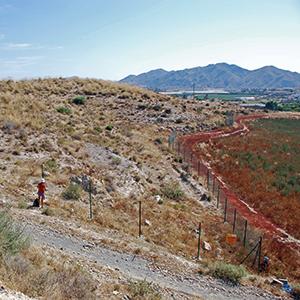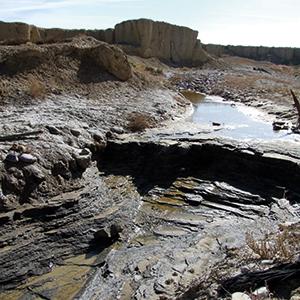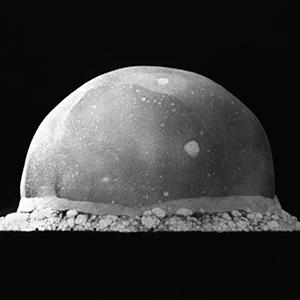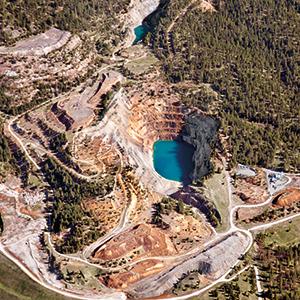Sellafield/Windscale, United Kingdom

Europe’s largest civil and military nuclear complex is located in Sellafield. It used to produce plutonium for the British nuclear weapons program and now serves as a reprocessing site for nuclear waste. A fire in 1957, as well as numerous accidents and radioactive leaks, have polluted the environment and exposed the population to increased levels of radiation.
Photo: In 1946, the UK began producing weapons-grade plutonium for nuclear warheads in Windscale. In order to gain a fresh start in light of public scrutiny after numerous accidents, spills and leaks, the name was later changed to “Sellafield.” Credit: tim_d / creativecommons.org/licenses/by-nc-sa/2.0
History
In 1946, the British government commissioned the “Windscale” nuclear facility near the town of Sellafield in Northern England. The first nuclear reactors were built to produce weapons-grade plutonium and the first British nuclear bombs were produced in 1952. Four years later, the world’s first commercial nuclear power plant began producing electricity. Due to its design, however, the reactor’s graphite blocks stored too much energy, which needed to be released at regular intervals. During one such release on October 7, 1957, faulty temperature gauges and gross misjudgment by the staff caused an overheating of the core. As a result, nearly 10 tons of radioactive fuel inside the reactor caught fire and burned uncontrollably for two days, polluting the atmosphere with radionuclides such as plutonium, cesium, strontium and iodine. The water that was used to extinguish the fire evaporated, adding to the radioactive emissions. Luckily, prevailing wind patterns blew most of the radioactive plume out to sea. The population was only informed about these events on October 11 and was not evacuated, despite the danger of nuclear fallout. Milk that had been radioactively contaminated with iodine-131 was banned in the region for several weeks and two million liters were dumped into the Irish sea.
By the beginning of the 1980s, the name “Windscale” had become tarnished by countless incidents, spills and irresponsible handling of radioactive contaminants. In order to gain a fresh start in light of public scrutiny, the name of the nuclear complex was changed in 1981 to “Sellafield.” Over time, the function of the complex changed to the reprocessing of used fuel rods and the production of mixed oxide (MOX) fuel, a mixture of uranium und plutonium. MOX-fuel production is being criticized by many countries, as the increased availability of plutonium also increases the danger of nuclear weapons’ proliferation.
Health and environmental effects
The Windscale fire and the ensuing fallout, are estimated to have caused at least 190 cases of cancer, more than half of which were fatal. The marine environment of the Irish Sea also suffered from the disaster, as well as from countless other spills, leaks, incidents and the deliberate or accidental discharge of radioactive effluent. In 2004 and 2005, 83,000 liters of radioactive acid leaked into the North Sea, containing carcinogens such as strontium-90 and cesium-137. Through bioaccumulation in the marine food chain, these substances pose a grave threat to the fishing regions around Great Britain, Norway and Ireland. Even the pro-nuclear International Atomic Energy Agency (IAEA) has had to admit that Windscale was a major contributor to radioactive pollution of the Atlantic Ocean. Increased levels of radionuclides, such as cesium-137, cobalt-60 and americium-241 were also found in soil samples around the complex, suggesting radioactive contamination of agricultural products for human consumption. In 2002, a British study found that children of Sellafield workers have a nearly doubled risk of developing leukemia or lymphoma.
Outlook
The U.S. Institute for Resource and Security Studies has called Sellafield “one of the world’s most dangerous concentrations of long-lived radioactive materials.” Sellafield is vulnerable to a variety of risks: natural catastrophes could compromise the cooling systems, human error and negligence could cause fires, explosions or other types of accidents. The compound could be a target of a terrorist or a hacker attack, and even a computer virus could potentially trigger a catastrophe. Following the Fukushima nuclear meltdowns in 2011, the British government decided to at least cease producing MOX at Sellafield, but with no way of disposing of the spent fuel, Sellafield is more and more turning into a radioactive waste dump. The health concerns of the local population, exposed for decades to high levels of ionizing radiation, are continually being ignored by the government; meaningful scientific research is not being undertaken. The people of Sellafield are also casualties of the nuclear industry – their health has been compromised in order to produce nuclear weapons and fuel for nuclear reactors. They are also Hibakusha.
References
- Crick et al. “An assessment of the radiological impact of the Windscale reactor fire.” Int J Radiat Biol Relat Stud Phys Chem Med. 1984 Nov;46(5). www.ncbi.nlm.nih.gov/pubmed/6335136
- Dolley S. “Ploughshares or swords? Why the MOX Approach to Plutonium Disposition is Bad for Non-Proliferation and Arms Control.” Nuclear Control Institute, Washington DC, 28.03.97. www.nci.org/i/ib32897a.htm
- Clarke R. “The 1957 Windscale accident revisited.” New York: Elsevier, 1990. pp 281–9.
- “Sellafield pipe leaked for months.” Website of BBC News, May 14, 2009. http://news.bbc.co.uk/2/hi/uk_news/england/cumbria/8050008.stm
- Brown et al. “Technetium-99 Contamination in the North Sea and in Norwegian Coastal Areas 1996 and 1997.” Strålevern Rapport 1998:3, Norwegian Radiation Protection Authority (NRPA). www.nrpa.no/dav/07f3957104.pdf
- IAEA. “Worldwide Marine Radioactivity Studies (WOMARS),” Vienna, 2005. www-pub.iaea.org/MTCD/publications/PDF/TE_1429_web.pdf
- Lean G. “Soil tests condemn Sellafield.” The Independent October 11, 1998. www.independent.co.uk/news/soil-tests-condemn-sellafi eld-1177501.html
- Dickinson et al. “Leukaemia and Non-Hodgkin Lymphoma in children of male Sellafield radiation workers.” Int. Journ. Cancer: 99, 437–444 (2002). www.ncbi.nlm.nih.gov/pubmed/11992415
- Thompson G. “High level radioactive liquid waste at Sellafield: risks, alternative options and lessons for policy.” Institute for Resource and Security Studies, June 1998 http://www.nuclearpolicy.info/docs/briefings/a99.pdf
- McKie R. “Sellafield: the most hazardous place in Europe.” The Observer, 19.04.09 www.guardian.co.uk/environment/2009/apr/19/sellafield-nuclear-plant-cumbria-hazards







